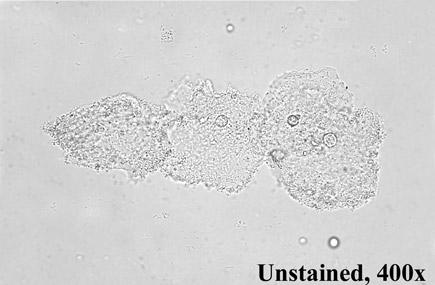ACP history: Moving to Philly, dealing with the Depression
ACP's second decade saw upheaval, multiple moves, and a reluctant president accepting the office. Then, the Great Depression struck.
The beginning of ACP's second decade was a tumultuous time, with multiple relocations of the College headquarters and transfers of leadership, including the election of a somewhat unwilling president.
In 1926, Charles F. Martin, MD, attended his first event as a College member, an annual meeting held in Detroit. He gave the meeting's annual oration and was surprised to be appointed the second vice president of the College. Dr. Martin was even more surprised the next year when the Regents asked him to take over the ACP presidency. He turned them down and didn't attend the annual meeting.
That didn't matter, according to historian William Gerry Morgan, MD, MACP. “In spite of his unwillingness to assume the responsibilities of President of the College, at the annual meeting he was elected,” putting Dr. Martin in “a difficult and embarrassing position.”
Dr. Martin responded by returning some embarrassment and difficulty to the College leaders. He agreed to serve as president only if they would let him fix what he saw as the organization's shortcomings, including “an obnoxiousness in the wording of the application form, which is difficult to describe” and excessively high membership fees of $20 per year.
The Regents agreed to these changes, as well as the relocation of College headquarters to Philadelphia. Space was rented in the Covington Hotel on 37th Street near Chestnut Street. This headquarters didn't last long, however, as it was found to be “cramped and unattractive” and “not befitting the dignity of the College,” in the typically blunt words of Dr. Martin.
In 1928, ACP moved to the Integrity Trust Building at 36th and Walnut Streets. That year also marked the relaunch of the College's flagship journal, with a new publisher and a new name, Annals of Internal Medicine. The name change was required because the publisher of the College's earlier journal, Annals of Clinical Medicine, retained the copyright to the journal's name.
Annals began publishing important articles from the start, including 1 about a new system for designating blood types by letter. Not all clinical innovations from the time were destined to be so definitively correct, however. In 1927, the ACP Regents assigned a committee to investigate clinical applications of the research of Maud Slye, MD.
Dr. Slye was a pathologist who conducted rodent research and made discoveries about the heritability of cancer. However, her plan to apply these findings to human mate selection and “breed out” cancer never came to fruition, perhaps due to her own admission to TIME magazine that “Only romance stops us.” The ACP committee never came to a conclusion on the validity of her ideas.
Tragedy touched the College and medicine as a whole during this time. In 1929, an exposed lightbulb ignited X-ray film at the Cleveland Clinic, causing explosions and a fire that killed 123 people, according to the Encyclopedia of Cleveland History.
The College named its first national award after John Phillips, MD, a victim of the fire and one of the clinic's founders.
More trouble came in the early 1930s. The Great Depression hit the country as a whole, and the College specifically, with 3 of the Pittsburgh banks where the College's funds were held suspending payment and leaving $37,000 inaccessible for a period of time.
Things weren't all bad, though. At the end of 1933, Prohibition was repealed, to the apparent pleasure of ACP members. “For the first time in thirteen years, Fellows of the College could gather together socially and enjoy legally the conviviality characteristic of such occasions,” reported George Morris Piersol, MD, MACP.
Other issues facing the College were more timeless. The medical community and U.S. society were debating the concepts of “state medicine” and “sickness insurance.” On the former issue, College leaders resolved in 1931 to urge Congress to “let the profession be its own judge of how it can best treat the sick, and properly penalize those who flagrantly abuse their licensed or unlicensed trust.” In perhaps a related move, it was established that homeopaths were not eligible for College membership.
ACP took a centrist stance in the debate over health insurance. The American Medical Association shot down President Franklin D. Roosevelt's attempt to include coverage in the Social Security Act and expressed suspicion even about the advent of private health insurance. The College, however, encouraged its members “to study the facts ... uninfluenced by the acrimonious discussion,” concluding that “enlightened leadership of the medical profession can point the way to improvements of great value both to the public and to the medical profession itself.”




